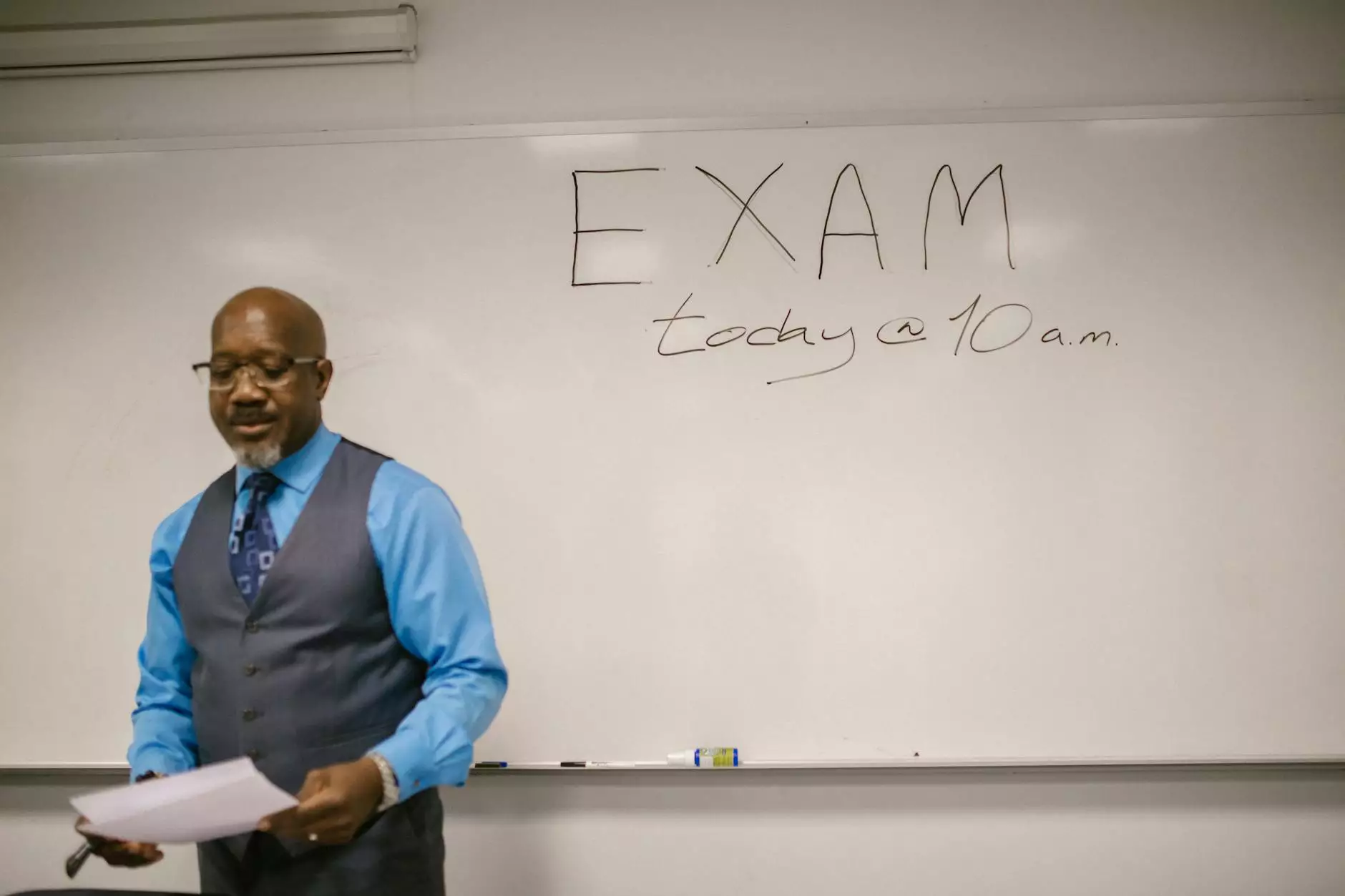Halo Effect During Job Interview Process

Introduction
Welcome to The Knowledge Nest's comprehensive guide on understanding and combating the Halo Effect during the job interview process. In this article, we will delve into the concept of the Halo Effect, its implications on hiring decisions, and provide valuable insights and tips to mitigate its impact. Let's dive right in!
What is the Halo Effect?
The Halo Effect refers to a cognitive bias where a person's overall positive impression of someone influences their judgment of that person's individual traits or characteristics. In the context of job interviews, it means that an interviewer may form a positive overall impression of a candidate based on a single standout trait or quality, overshadowing potential weaknesses or limitations.
Implications for Hiring Decisions
The Halo Effect can significantly impact the hiring process, leading to biased decisions and overlooking qualified candidates who may not possess an exceptional single trait. When interviewers are swayed by the Halo Effect, it hinders the objective evaluation of a candidate's skills, experience, and potential fit for the role or organization.
Recognizing the Halo Effect
It is crucial for interviewers and hiring managers to be aware of the Halo Effect and its potential influence on their judgments. By recognizing the presence of this bias, they can take active steps to mitigate its impact and create a fairer and more inclusive recruitment process.
Common Signs of the Halo Effect
- Overemphasizing positive attributes while downplaying shortcomings
- Discounting contrasting evidence or feedback that challenges the positive impression
- Assigning favorable traits to a candidate solely based on unrelated achievements or qualities
- Ignoring red flags or warning signs due to an overall positive impression
Mitigating the Halo Effect
Preventing the Halo Effect from negatively impacting the job interview process requires conscious effort and a commitment to fair evaluation. Here are some strategies to consider:
Structured Interview Process
Implement a structured interview process that focuses on assessing specific competencies and qualifications required for the role. This approach helps to reduce the influence of personal biases and ensures a consistent evaluation of all candidates based on predetermined criteria.
Multiple Interviewers
Involve multiple interviewers in the evaluation process to provide diverse perspectives and minimize the potential impact of individual biases. Each interviewer can focus on different aspects, helping to create a more well-rounded assessment of the candidates.
Objective Evaluation Criteria
Establish clear and objective evaluation criteria for each candidate. These criteria should be based on the job requirements, key competencies, and qualifications necessary for success in the role. This ensures that the assessment is focused on relevant factors rather than influenced by personal biases.
Structured Feedback Collection
Ensure that feedback collected from interviewers is based on standardized forms or guidelines to maintain consistency. Structured feedback allows for a more objective comparison of candidates and reduces the likelihood of the Halo Effect impacting the final decision-making process.
Training and Education
Provide training and education for interviewers and hiring managers to raise awareness about biases, including the Halo Effect. By fostering an understanding of these biases, interviewers can work towards minimizing their influence and making fair and unbiased judgments.
Conclusion
The Halo Effect is a common bias that can significantly impact hiring decisions during the job interview process. Recognizing its presence and taking steps to mitigate this bias is essential for promoting fairness, inclusivity, and finding the best-fit candidates for the organization. By implementing structured processes, involving multiple interviewers, and setting clear evaluation criteria, organizations can work towards overcoming the Halo Effect and making more informed hiring decisions.










